Panasonic LZ980 review: 42-inches of OLED finery
The TX-42LZ980 on review here is a stunning TV, and if 42-inch is too small you can buy the LZ980 up to 65-inches instead

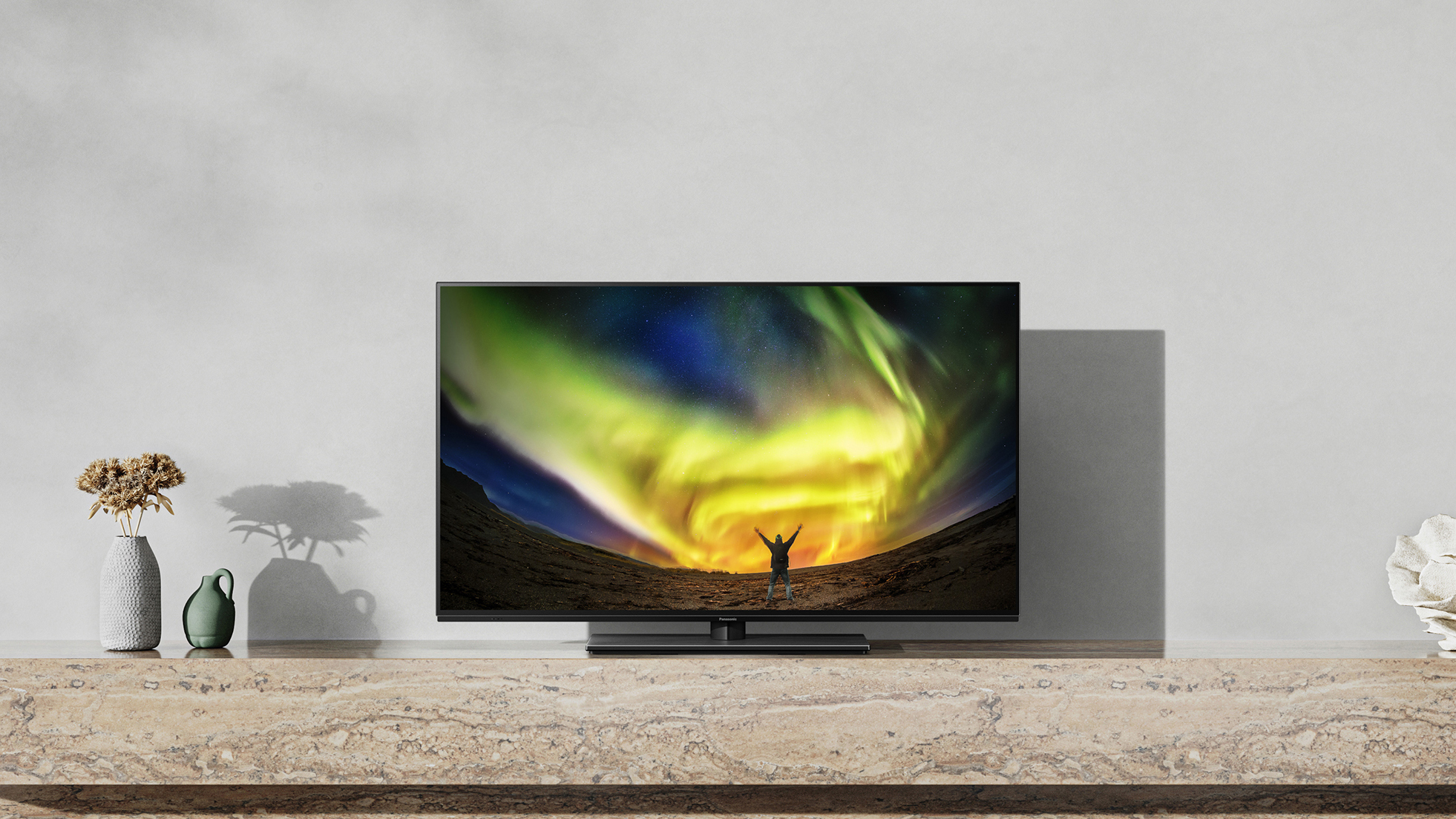
The LZ980 isn't much to look at, until you look at its picture quality - and then this 42-inch Panasonic stops being a small TV with rather too much depth to its chassis, and starts being an extraordinarily accomplished and enjoyable watch. If you're after a 42-inch OLED then this is a cracking option.
-
+
Effortlessly believable and properly refined images
-
+
Understated smart TV interface
-
+
Thorough HDR support
-
-
‘Only’ two full HDMI 2.1 sockets
-
-
Not particularly bright
-
-
Sounds a bit wheezy
Why you can trust T3

Despite being a figure of some importance in Hollywood, and despite turning out some of the best pound-for-pound televisions ever made, Panasonic has never seemed all that keen to draw attention to itself. The products, it seems to think, will speak for themselves. And to a lesser or greater extent, that’s true - but would it do any harm for the company to blow its own trumpet every now and then?
This TX-42LZ980 on review here is the smallest model in Panasonic’s LZ980 OLED TV range, and the LZ980 range is just one step up from ‘entry-level’. Exactly the sort of television Panasonic tends not to make much of a fuss about, in fact. But that doesn’t mean we can’t make a fuss about it instead…
Panasonic TX-42LZ980: Price & Availability
The Panasonic TX-42LZ980 is on sale now, and in the United Kingdom it sells for £1199 or thereabouts. Panasonic has abandoned any attempt to sell its TVs in the United States, and they’re not available in Australia either.
The LZ980 is Panasonic’s entry-level OLED range, and it’s also available in 48-, 55- and 65-inch screen sizes too. While 42-inch OLED TVs are still a bit of a novelty, both LG and Sony have lately started offering OLED screens of this size, so it’s not as if Panasonic has the field clear…
Panasonic LZ980 review: Features & what's new?

First thing's first: because this 4K OLED TV is a Panasonic product, it’s compatible with every meaningful high dynamic range (HDR) standard. This means HLG, HDR10, HDR10+ Adaptive and Dolby Vision IQ - which is a nap hand in anyone’s language, and puts the likes of LG, Samsung and Sony to shame.
Panasonic is equally grown-up and customer-centric when it comes to picture processing, too. The LZ980 range may be far from the top of the shop where Panasonic’s OLEDs are concerned, but it’s still fitted with the company’s high-achieving HCX Pro AI picture processing engine - Panasonic has been a big figure in Hollywood for decades, and this processor was developed in collaboration with Hollywood creatives as well as the company’s own experts.
Connectivity is equally uncompromised. The screen has four HDMI inputs, two of which have the 2.1-standard goodies: 4K at 120Hz, ALLM, VRR, AMD FreeSync Premium and Dolby Vision gaming (although only up to 60Hz).
Get all the latest news, reviews, deals and buying guides on gorgeous tech, home and active products from the T3 experts
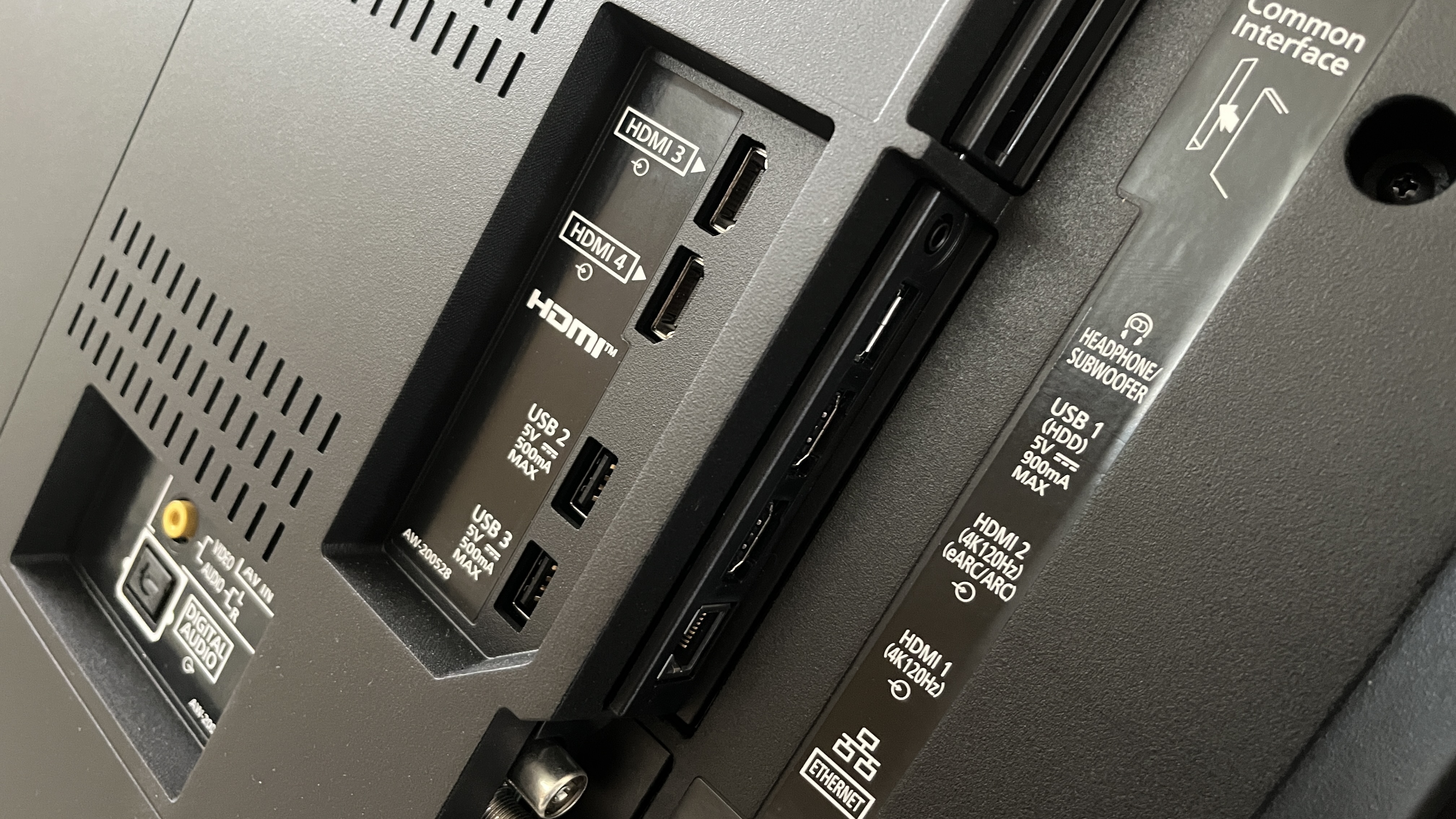
One of those 2.1 inputs also features eARC - in an ideal world, all four HDMI inputs would be of the full-fat variety, but as it stands only the most passionately committed gamers will think the LZ980 comes up short - and even they will see the merit in Panasonic’s new Game Control Board, which displays detailed game-related info from one button-press.
There are also three USB slots, an Ethernet input, three aerial binding posts for the twin TV tuners, and a digital optical out. A 3.5mm analogue socket that can be used either for headphones or as an output to a subwoofer is a pleasing addition, too. Wireless connectivity is provided by dual-band wi-fi and Bluetooth.
As far as sound is concerned, the LZ980 is fitted with a two-channel, 30-watt system with five audio presets. It’s capable of dealing with Dolby Atmos soundtracks, but only insomuch as it can deliver them in stereo - if you’re after anything more immersive it’s going to mean budgeting for one of the best soundbars at the very least.
Panasonic LZ980 review: Performance
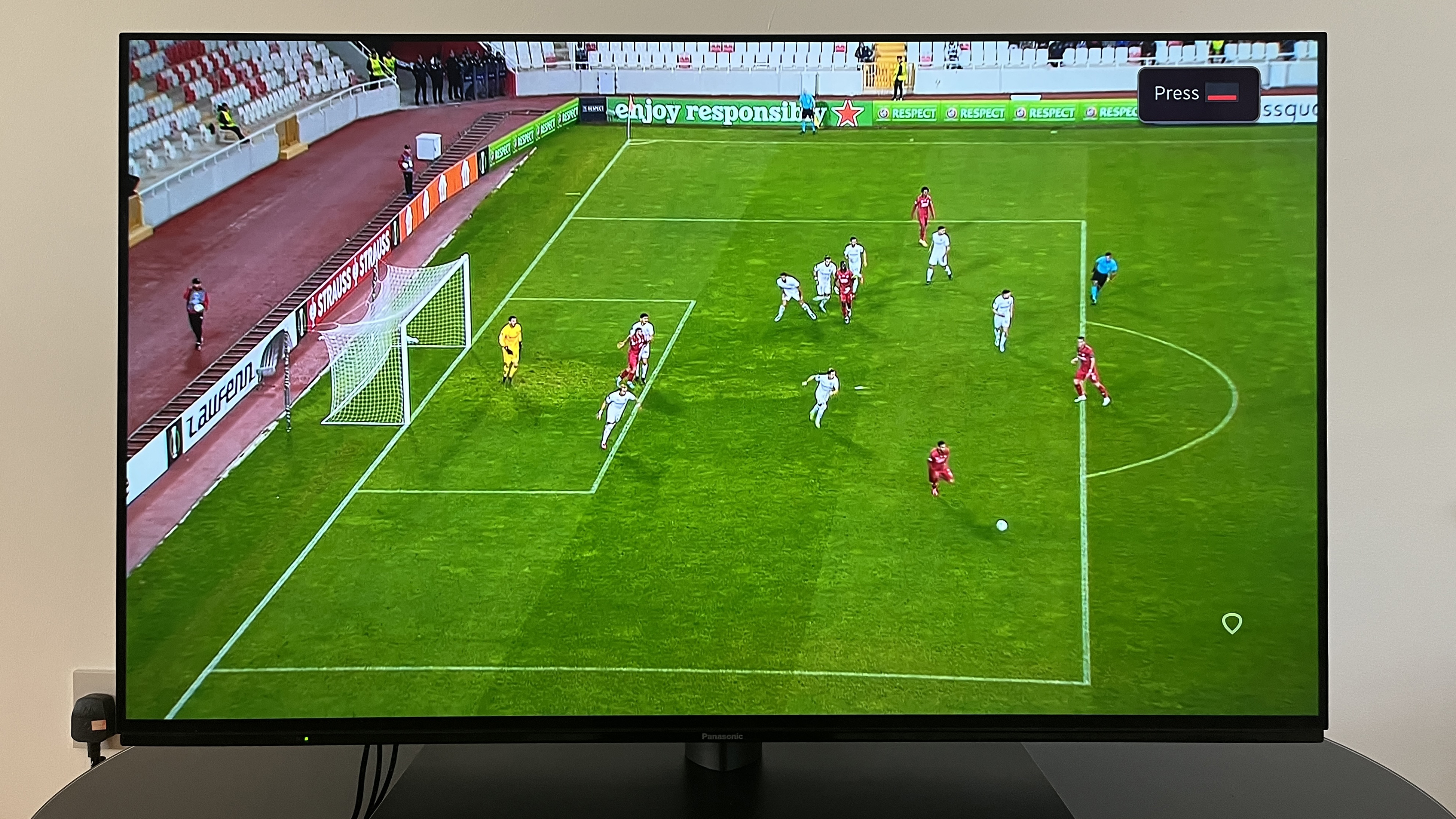
Given the right stuff to work with (a 4K UHD Blu-ray disc of Denis Villeneuve’s Dune, say, with its Dolby Vision-assisted picture), the TX-42LZ980 doesn’t take long to reveal itself as a subtle, faithful and remarkably refined picture-maker. Some competing TVs might seek to bludgeon with vibrancy and lividity, but that’s all a bit beneath the Panasonic. It’s an understatedly spectacular performer.
It’s the attention to detail it demonstrates that’s initially most striking. No subtlety of tone or shade is too minor to elude it, and even in scenes of what might at first appear uniform colour the LZ980 has no difficulty in offering variation and insight. Allied to the crisply defined edges it draws, its images look natural and believable to the point it makes some perfectly capable rivals look overprocessed.
It’s not the brightest OLED TV you ever saw, to be sure, but the white tones it generates are clean, detailed, and carry just as much variation within them as the rest of the colour palette. In conjunction with its typically OLED black levels, contrasts are wide and convincing - and the Panasonic is capable of properly differentiating ‘black’ from ‘almost black’ from ‘very dark grey’ without any apparent effort.
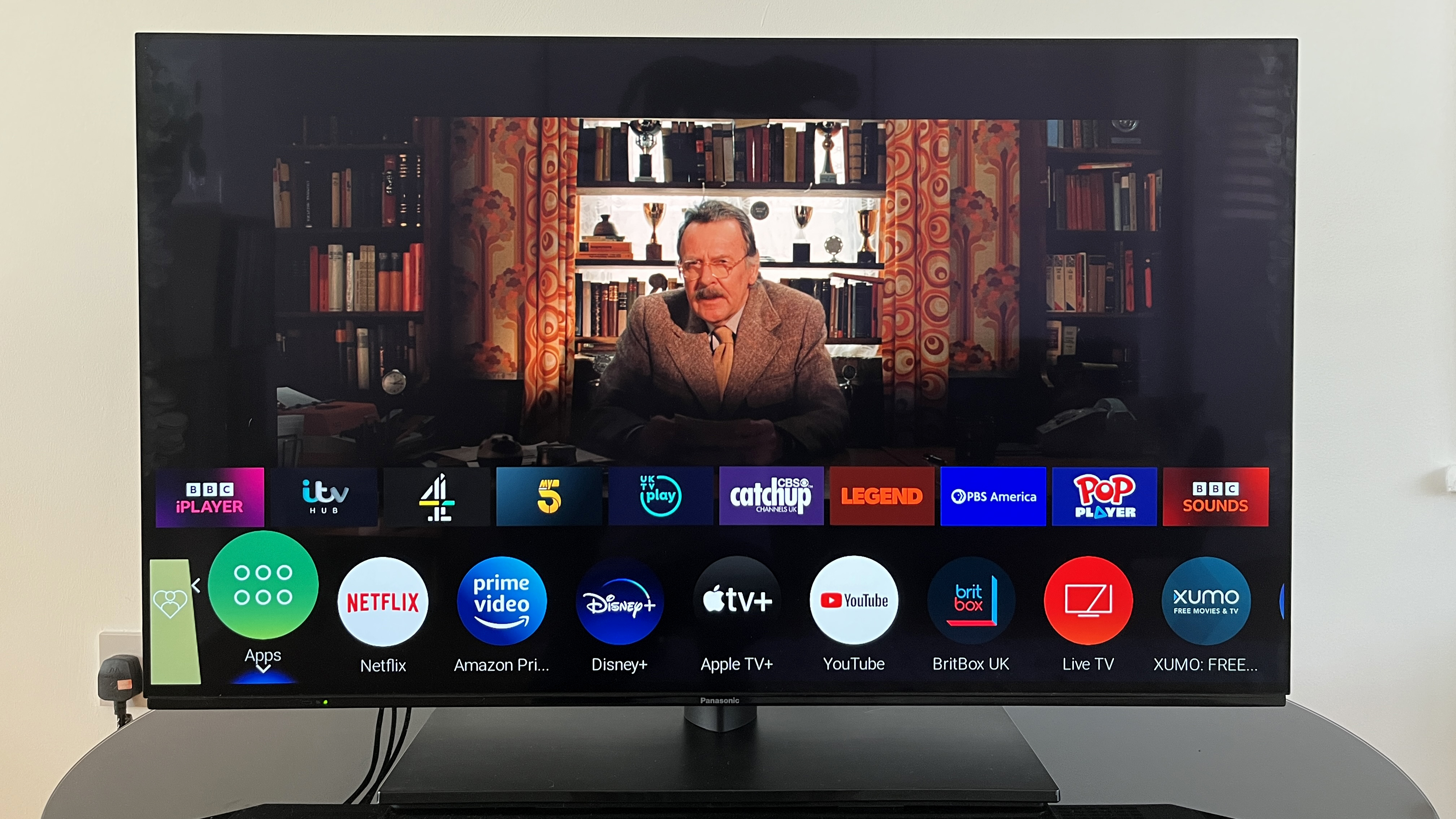
Motion is handled with the same sort of authority, everything from Villenueve’s trademark glacial pans to rapid, truncated and unpredictable motion described with real clarity. Depth of field is considerable, and even the dreaded ‘Filmmaker Mode’ doesn’t suck too much of the life out of the pictures the Panasonic serves up.
It’s a remarkably adept upscaler, too, able to give even quite antiquated content decent definition and detail. Edges remain composed, motion stays stable, and variation in skin tones and skin textures is always impressive.
All of this good stuff carries over to the way the LZ980 deals with games, too. In ‘Game’ mode its latency runs at a respectable-if-not-class-leading 14ms or so, but it’s the way it offers lighting effects, contrasts on on-screen motion such expression and certainty that’s most remarkable.
Sound, by way of contrast, is rather more predictably a bit of a non-event. There’s no hardness to the sound the LZ980 makes, even when playing at significant volume, but neither is there much in the way of body. Voices project well enough, but there’s a hollowness, a sort of convexity, to the Panasonic’s audio presentation that makes everyone sound as if they’re struggling for breath. You’ll be needing to budget for that soundbar.
Panasonic LZ980 review: Design & Usability
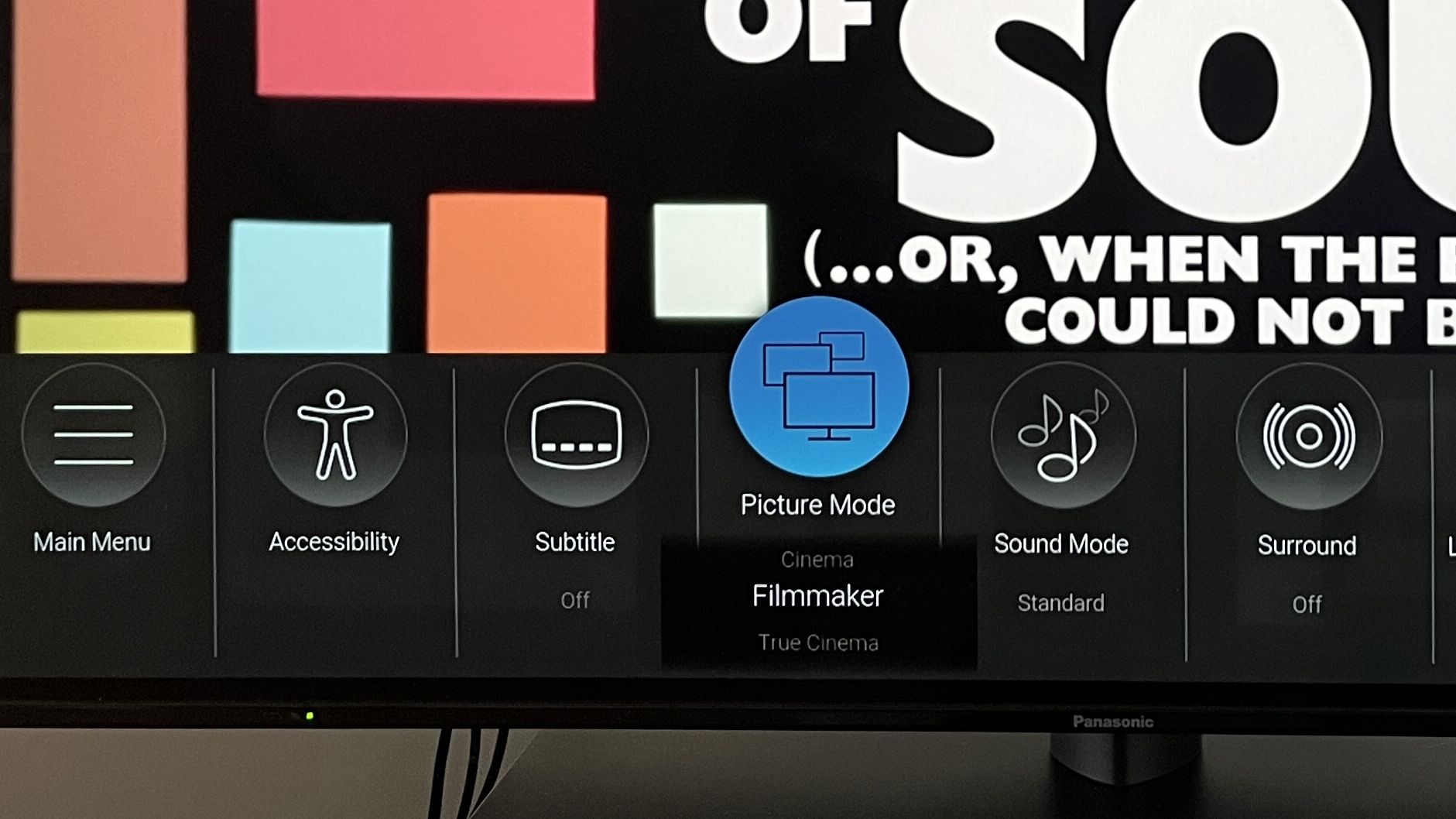
‘Unremarkable’ is a good thing where the design of your new TV is concerned, right? Even a TV as (relatively speaking) small as this one is a fairly big piece of furniture, and very few people want a TV that draws attention to itself. So it follows that the TX-42LZ980 is discreet to the point of anonymity.
There’s just a sliver of that OLED skinniness right at the top of the screen when seen in profile, but smaller OLEDs need just as much electronic equipment as bigger ones - and it’s got to be kept somewhere. So in case you fancy wall-hanging your new TV, it’s worth noting this Panasonic is, to all intents and purposes, 67mm deep. Which is quite a lot for an OLED really.
It’s all very competently put together, of course - this is Panasonic we’re talking about, after all. The pedestal the LZ980 stands on if it’s not going on the wall is 514 x 250mm, so the TV doesn’t need a big surface to stand on - and it lifts the screen just about enough to slide a compact soundbar in without it getting in the way. Seen from dead-ahead, three of the LZ980’s bezels are very brief indeed, while along the bottom it’s a bit broader in order to accommodate mics, IR sensors, and some nicely understated branding.
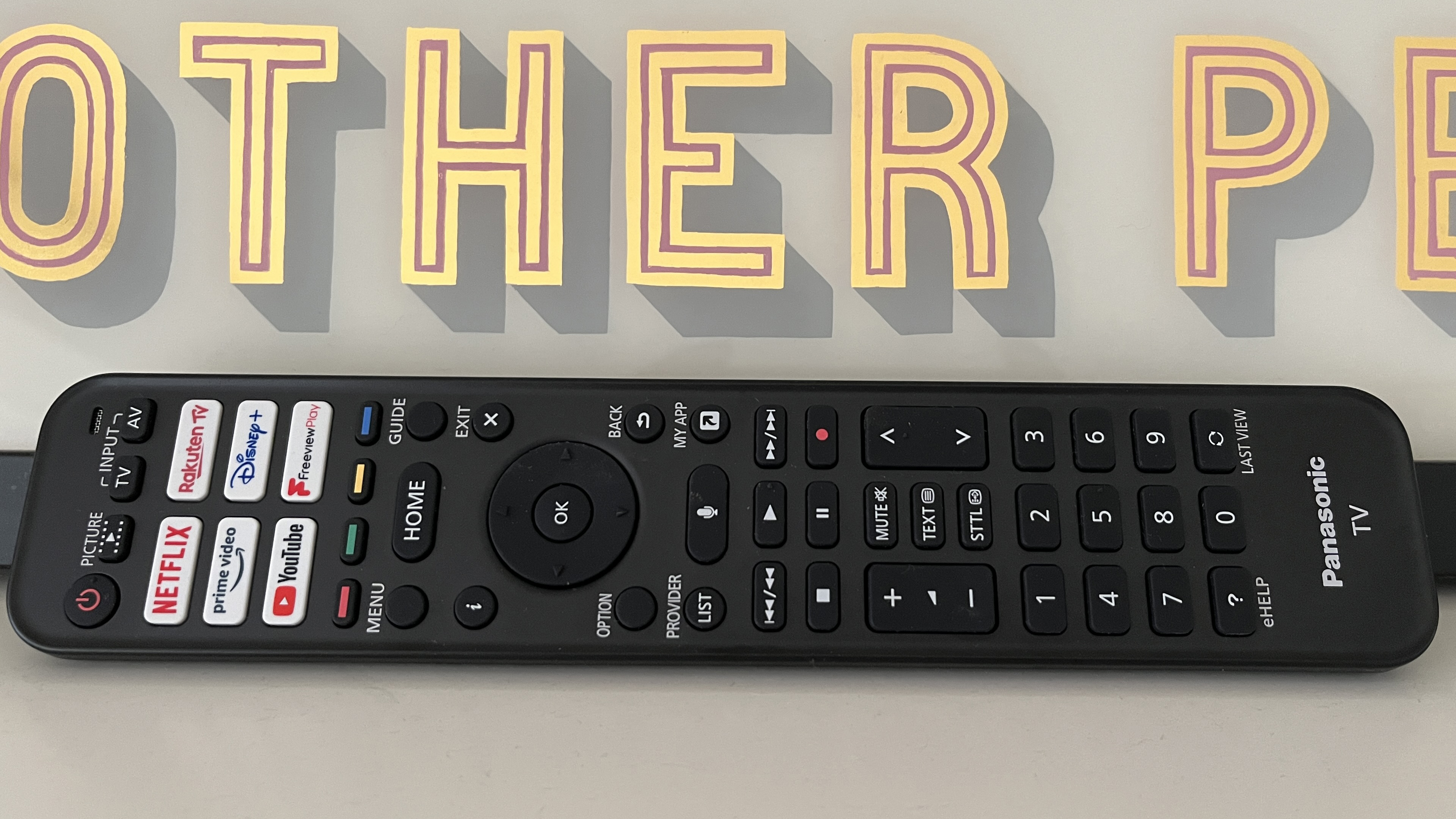
As far as control is concerned, Panasonic has bucked the current trend for providing two small remote control handsets and has, instead, served up one big one. It’s comprehensive, its relative bulk means its buttons are of workable size, and there are ‘direct’ buttons taking you to Netflix, Disney+, Amazon Prime Video and the like. It’s nice and positive in its action, and won’t easily get lost. There’s a nice big ‘mic’ button in more-or-less the centre of the handset - the LZ980 has both Amazon Alexa and Google Assistant built-in.
Whether you decide to use the remote control or just shout at your TV, you’ll be in charge of some very nicely judged set-up menus and what is easily Panasonic’s best smart TV interface so far. My Home Screen 7, as it's called, features every worthwhile streaming and catch-up service app, is simple to navigate and doesn’t hog the entire screen when it’s running. And set-up can be as brief or as in-depth as you choose - semi-pro (or pro, for that matter) calibrators will find numerous opportunities for tweakery, while a great selection of picture presets keeps things nice and simple for the rest of us.
Panasonic TX-42LZ980 review: Verdict

‘Tubby’ and ‘not very bright’ don’t sound like characteristics of an excellent television - and yet the Panasonic TX-42LZ980 is exactly that. Its naturalistic, polished and entirely convincing 4K images are among the most absorbing around, to the point it can make even quite capable alternatives look a bit brash and obvious. It’s well made, has a smart TV interface that’s as grown-up as the pictures it serves up, and it ultimately makes a very strong case for itself indeed.
Also consider
LG was first out of the blocks with an OLED TV of this size - and its OLED42C2 is a dynamic and vibrant watch, a full-on treat for gamers, and has now dipped down to under the £1K in the UK. It’s sound is no great shakes, it’s true (although its doomed attempts to deliver low-frequency information make it differently poor to the TX-42LZ980), and it’s giving away the last drop of picture fidelity to the Panasonic too - but it’s nevertheless a great TV at a great price.
Simon Lucas is a freelance technology journalist and consultant, with particular emphasis on the audio/video aspects of home entertainment. Before embracing the carefree life of the freelancer, he was editor of What Hi-Fi? magazine and website – since then, he's written for titles such as Wired, Metro, the Guardian and Stuff, among many others. Should he find himself with a spare moment, Simon likes nothing more than publishing and then quickly deleting tweets about the state of the nation (in general), the state of Aston Villa (in particular) and the state of his partner's cat.
